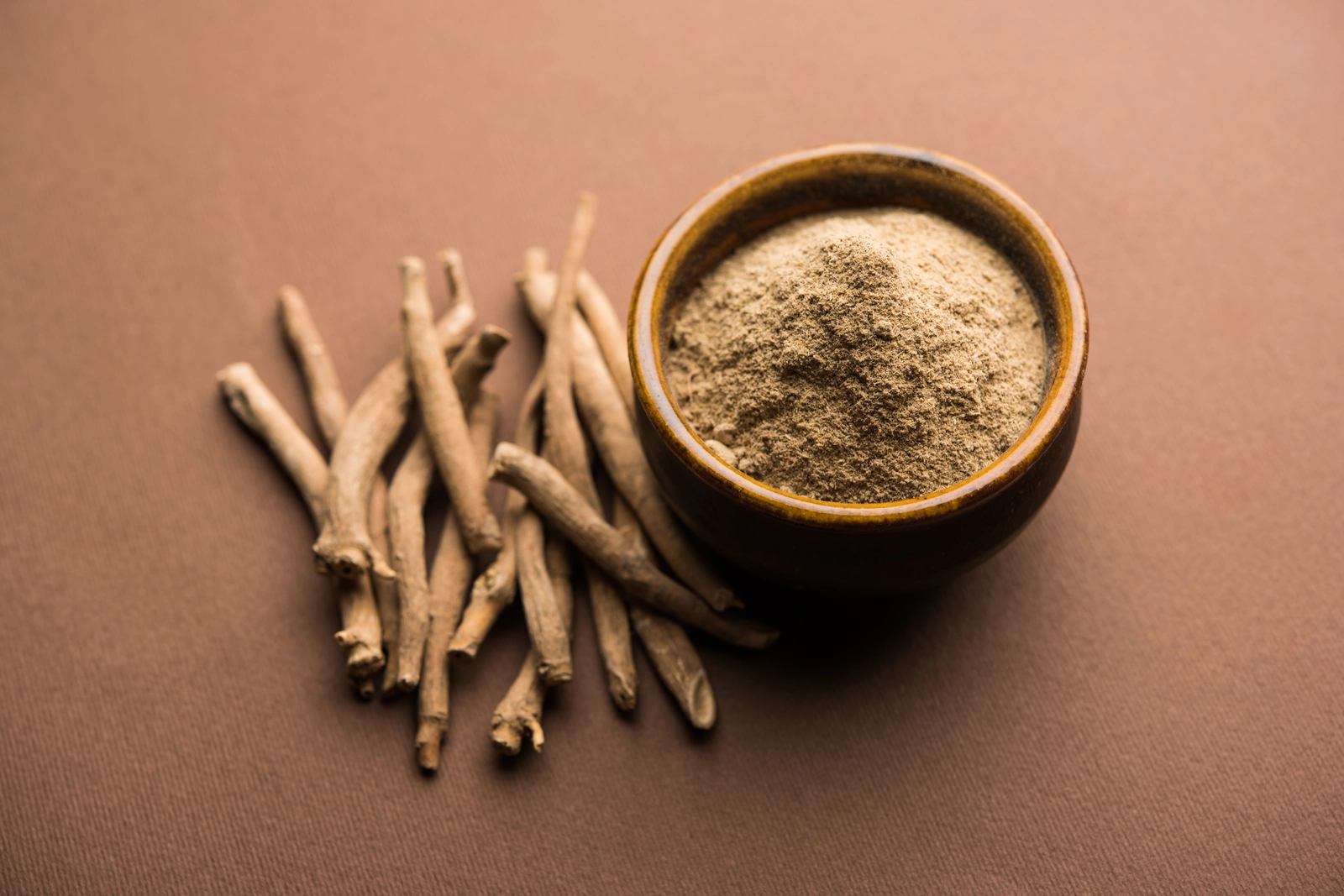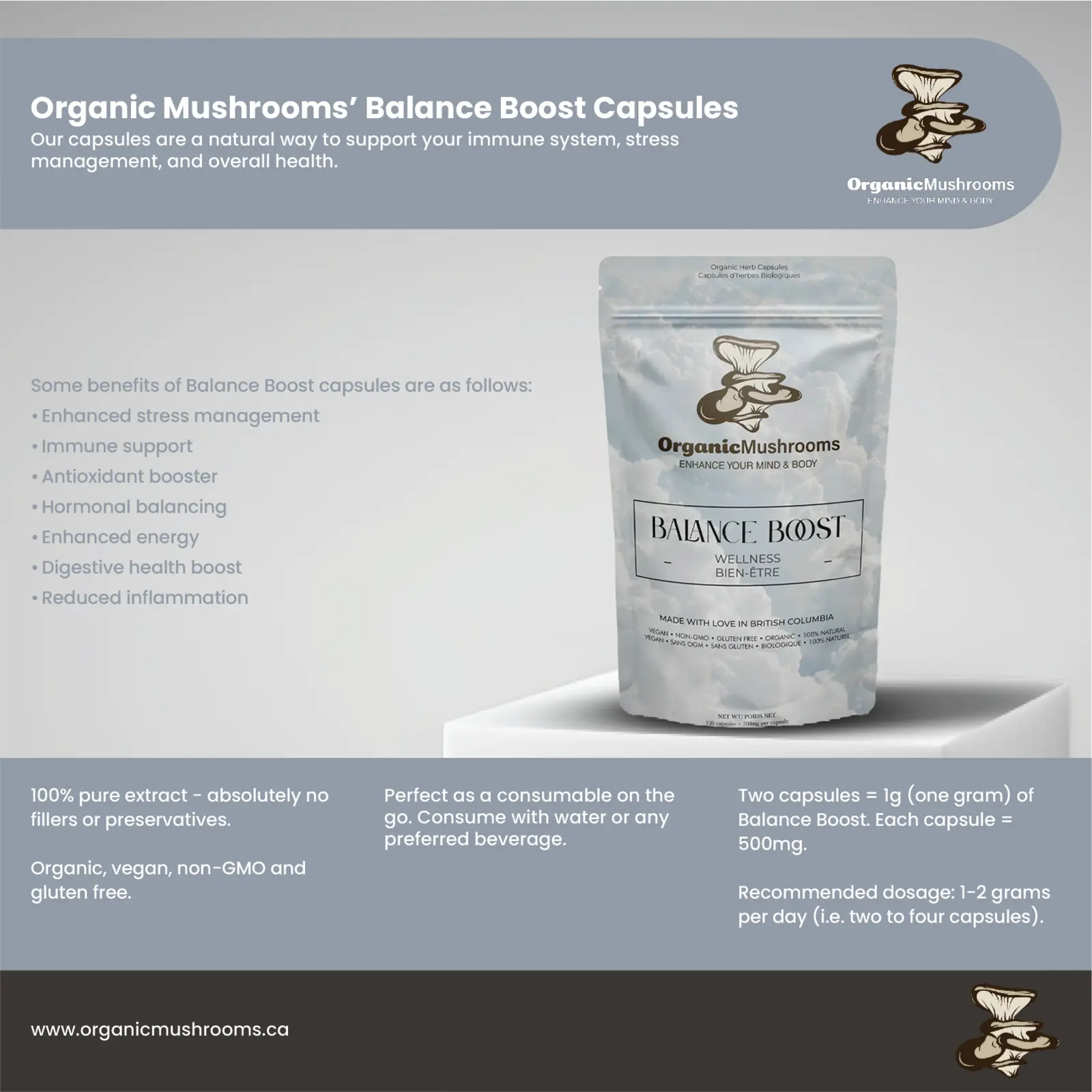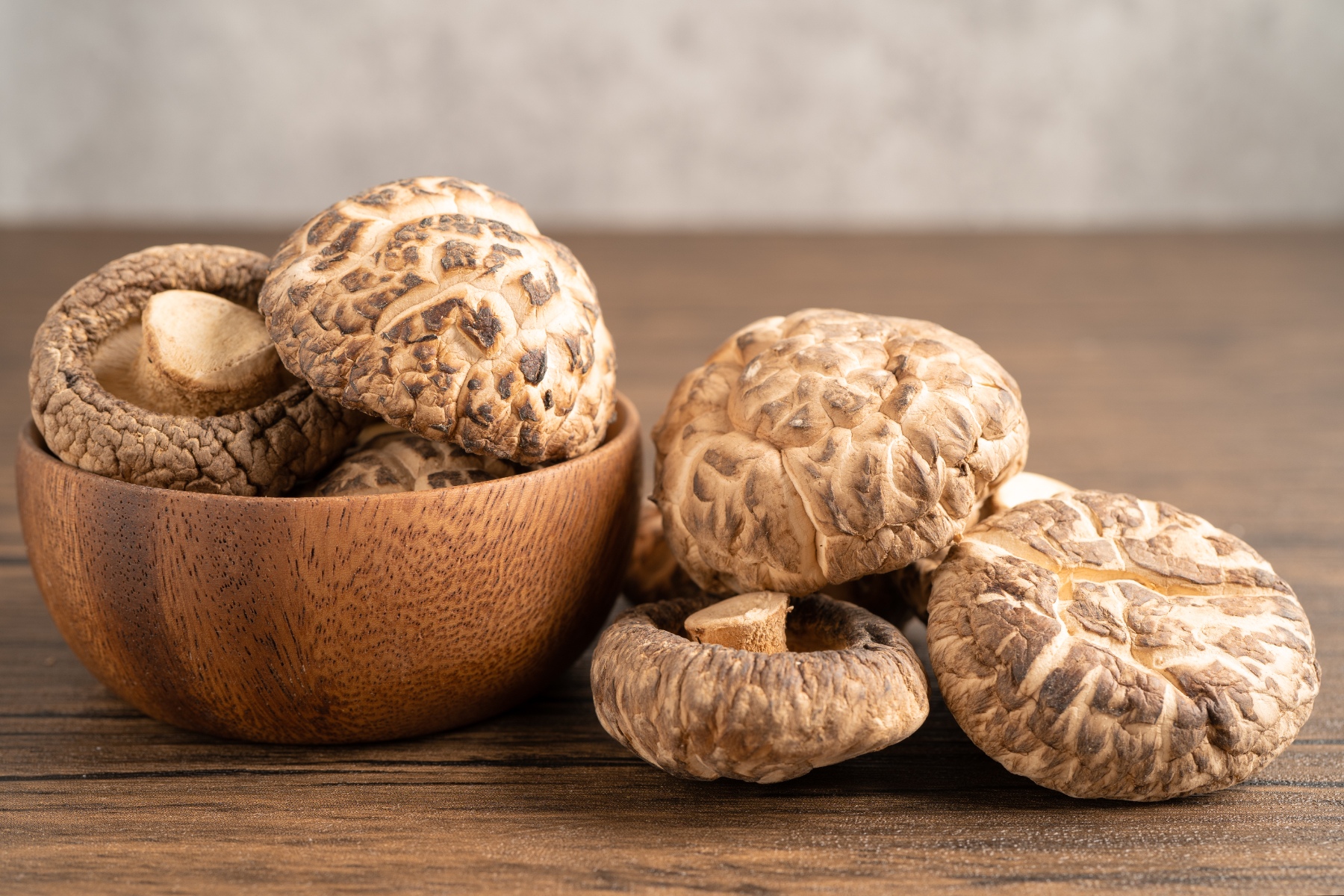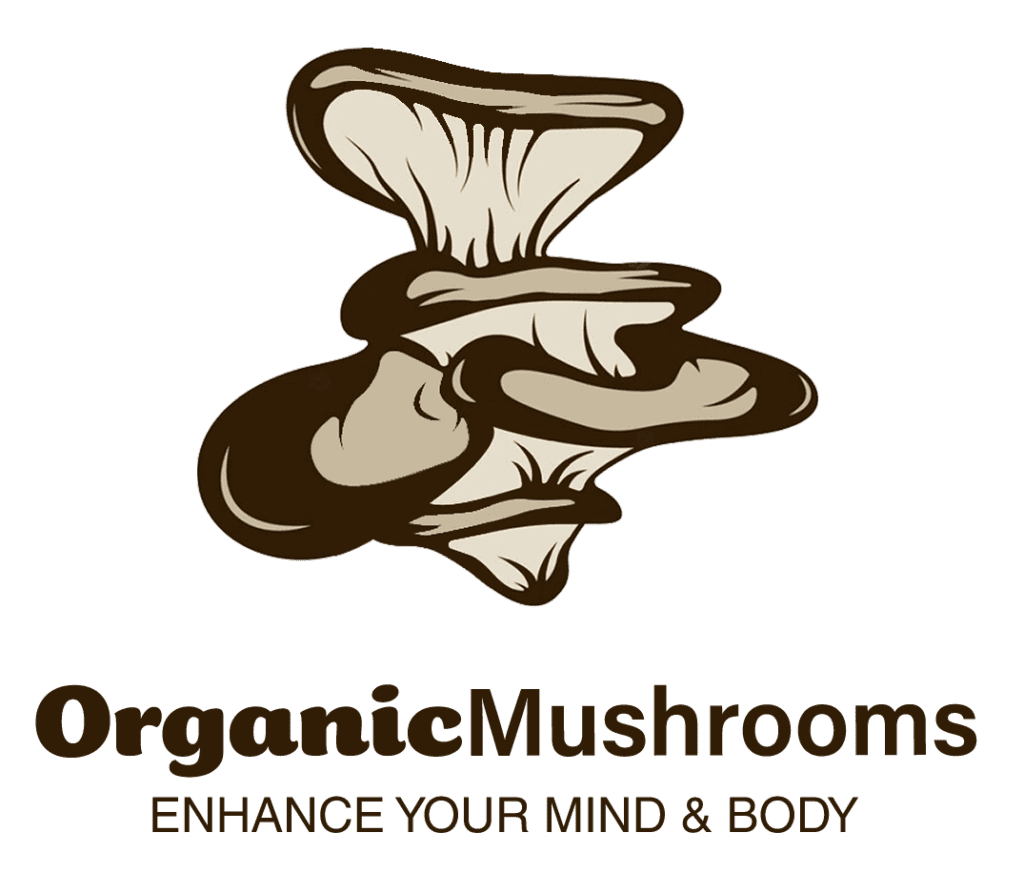The use of mushrooms has played a meaningful role throughout North American history, serving as a source of food, traditional medicine, and cultural significance. From Indigenous knowledge and early colonial exploration to modern scientific research and commercial cultivation, mushrooms have remained a valued part of life across the continent. This article explores the story of mushrooms in North America and the evolving roles they have played.
Indigenous Use of Mushrooms
Long before the arrival of European settlers, Indigenous peoples throughout North America recognized the importance of mushrooms. Many communities incorporated fungi into both culinary and wellness practices. For example, tribes in the Pacific Northwest traditionally harvested chanterelles and morels for their rich flavours, while mushrooms like Turkey Tail were used in herbal preparations for general well-being.
Mushroom knowledge was passed down through generations, often tied to seasonal cycles and the land’s natural rhythms. These traditional uses reflect a deep understanding of the natural world and a holistic approach to health and nourishment.
European Settlers
When European explorers arrived in the 15th and 16th centuries, they brought their own understanding of mushrooms with them. Early settlers began cultivating familiar European mushrooms, such as the button mushroom, and gradually began experimenting with native North American varieties.
This period saw a merging of traditional European practices with the new landscape, as settlers expanded their diets and adapted to the diverse ecosystems across the continent.
Scientific Research and Classification
The 19th century brought a new wave of scientific inquiry into fungi. Mycologists such as Charles Horton Peck played a key role in identifying and cataloging the mushrooms of North America. His extensive documentation laid the foundation for future studies in the field of mycology.
Institutions like the New York Botanical Garden, established in 1891, helped promote education and scientific exploration of mushrooms. By the early 20th century, mushroom foraging became a growing hobby, and interest in the ecological and nutritional roles of fungi began to rise.
The Rise of Commercial Mushroom Farming
By the mid-20th century, mushroom cultivation had become a thriving industry in North America. As public awareness of the culinary and nutritional value of mushrooms grew, demand for fresh and specialty varieties increased.
In the 1970s, mushrooms such as Shiitake (Lentinula edodes) and oyster mushrooms (Pleurotus ostreatus) became especially popular. These varieties were sought after for their unique textures and flavours, and they helped spark broader interest in mushrooms as a health-conscious food choice.
Modern Times: Culinary and Wellness Renaissance
In recent decades, mushrooms have experienced a resurgence in popularity, both in the kitchen and in wellness routines. With growing interest in holistic health and plant-based living, functional mushrooms are now being explored for their potential supportive roles in areas such as cognition, immune health, and stress management.
For example, Lion’s Mane (Hericium erinaceus) has been studied for its potential to support brain function, while Turkey Tail (Trametes versicolor) has been investigated for its immune-supportive properties. Though more research is ongoing, these fungi have become common ingredients in wellness products such as capsules, powders, and tinctures.
As scientific interest in mushrooms continues to grow, so too does our understanding of their nutritional and functional properties. Today, mushrooms are not only a staple in many global cuisines but also a subject of ongoing exploration in nutrition, ecology, and natural health.





